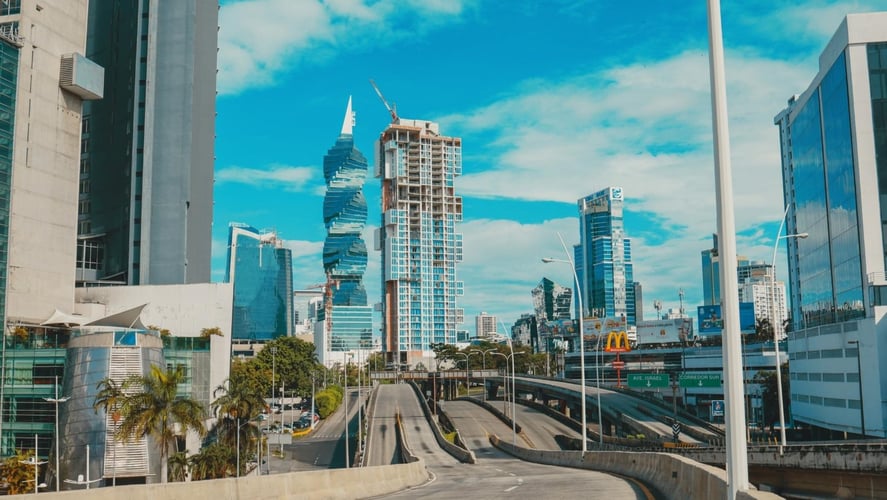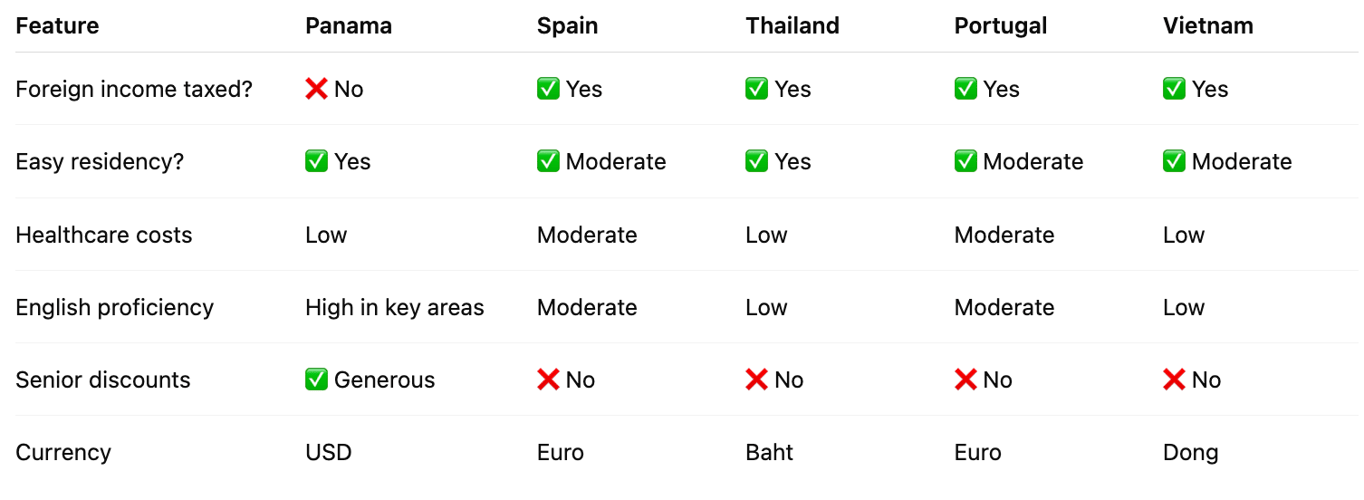Panama's History of Corruption
Panama has a history of corruption, particularly in the public sector. The country has struggled to address corruption and implement effective measures to prevent it. In recent years, Panama has made some progress in this regard, but corruption remains a significant problem.
One example of corruption in Panama is the so-called "Panama Papers" scandal, which emerged in 2016. The scandal involved the leak of millions of documents from a Panamanian law firm, Mossack Fonseca, that showed how the firm had helped its clients create offshore shell companies and avoid paying taxes. The scandal revealed widespread tax evasion and money laundering and implicated numerous politicians, business leaders, and celebrities around the world.
Other examples of corruption in Panama include the abuse of public funds, bribery of public officials, and nepotism. The country's judicial system has also been criticized for being prone to corruption and not being transparent or accountable.
Efforts to combat corruption in Panama include the establishment of an independent anti-corruption prosecutor's office and the adoption of laws to improve transparency and accountability in the public sector. However, implementing these measures and effectively enforcing them remains a challenge.
Examples of corruption in Panama
Here are a few examples of corruption in Panama:
-
"Panama Papers" scandal: In 2016, millions of documents were leaked from the Panamanian law firm Mossack Fonseca, revealing how the firm had helped its clients create offshore shell companies and avoid paying taxes. The scandal implicated numerous politicians, business leaders, and celebrities around the world.
-
Abuse of public funds: There have been instances of public officials in Panama embezzling or misusing public funds for personal gain. For example, in 2018, former Panamanian President Ricardo Martinelli was accused of embezzling millions of dollars in public funds and using them to buy luxury properties and other assets.
-
Bribery: Bribery and corruption are widespread in Panama, particularly in the public sector. Public officials may accept bribes in exchange for awarding contracts, granting permits, or providing other favorable treatment.
-
Nepotism: There have been instances of nepotism in Panama, where public officials have appointed family members or friends to positions of authority or have favored them in the allocation of contracts and other resources.
-
Lack of transparency and accountability in the judicial system: Panama's judicial system has been criticized for being prone to corruption and not being transparent or accountable. There have been instances of judges accepting bribes or rendering decisions based on personal interests rather than the law.
Panama's corruption compared to other countries
It is difficult to compare the level of corruption in different countries, as corruption can take many forms and can be difficult to measure accurately. However, Panama has been identified as having a high level of corruption by some international organizations and indices.
According to the Transparency International Corruption Perceptions Index (CPI), which ranks countries based on perceived levels of public sector corruption, Panama ranked 114th out of 180 countries in 2021. This indicates a relatively high level of corruption in the country.
However, it is important to note that the CPI is based on perceptions of corruption, rather than objective measures. It is also worth noting that Panama has made some progress in combating corruption in recent years, and has implemented measures such as the establishment of an independent anti-corruption prosecutor's office and the adoption of laws to improve transparency and accountability in the public sector.
It is also worth noting that corruption is a problem in many countries around the world, and it is not unique to Panama. Efforts to combat corruption are ongoing in many countries, and progress is often slow and incremental.
Corruption in the United States
Corruption is a problem in the United States, although the extent and nature of corruption varies across different levels of government and sectors.
At the federal level, corruption can take many forms, such as bribery, embezzlement, and abuse of power. There have been numerous instances of corruption at the federal level, including cases involving elected officials, government employees, and contractors.
There have also been instances of corruption at the state and local levels in the United States. For example, there have been cases of elected officials accepting bribes, embezzling public funds, and engaging in other forms of corruption.
Efforts to combat corruption in the United States include the establishment of laws and regulations to prevent and punish corruption, as well as independent oversight bodies and whistleblower protections. However, implementing and enforcing these measures can be a challenge, and corruption remains a significant problem in the United States.
According to the Transparency International Corruption Perceptions Index (CPI), which ranks countries based on perceived levels of public sector corruption, the United States ranked 23rd out of 180 countries in 2021. This indicates a relatively low level of corruption compared to many other countries, but there is still room for improvement.
Corruption in Europe
Corruption is a problem in many countries in Europe, although the extent and nature of corruption varies across different countries.
According to the Transparency International Corruption Perceptions Index (CPI), which ranks countries based on perceived levels of public sector corruption, a number of European countries score relatively highly in terms of corruption. For example, in 2021, the CPI ranked Greece as the most corrupt country in the European Union, followed by Bulgaria, Romania, and Hungary.
Other European countries with high levels of corruption according to the CPI include Italy, Spain, and Poland.
However, it is worth noting that the CPI is based on perceptions of corruption, rather than objective measures. It is also worth noting that many European countries have made progress in combating corruption in recent years, and have implemented measures such as strengthening anti-corruption laws, establishing independent oversight bodies, and improving transparency and accountability in the public sector.
Overall, corruption is a problem in many countries in Europe, and efforts to combat it are ongoing. However, it is also important to recognize that there are significant differences in the level of corruption across different countries in Europe.
.png?width=600&height=240&name=Untitled%20design%20(23).png)


